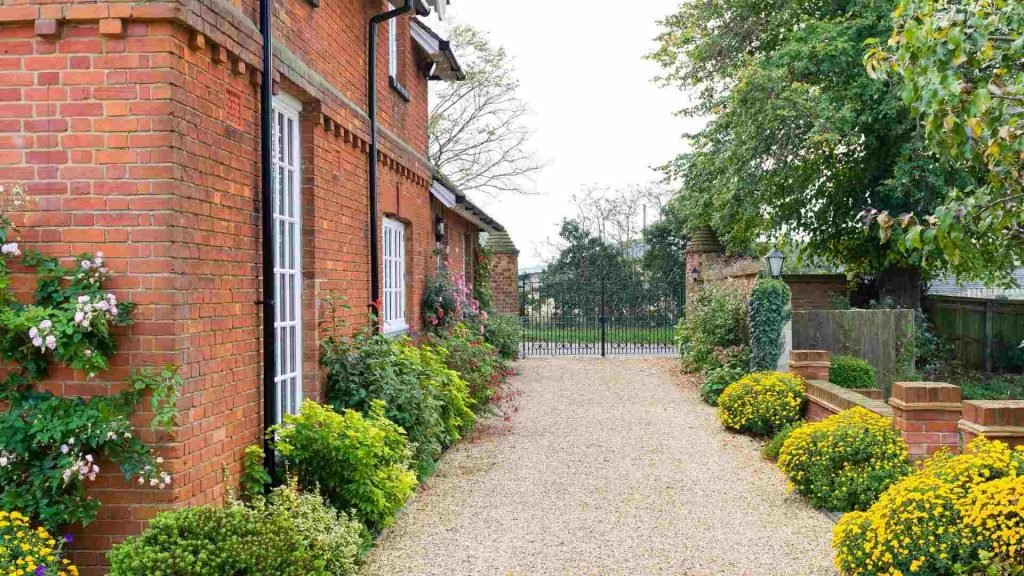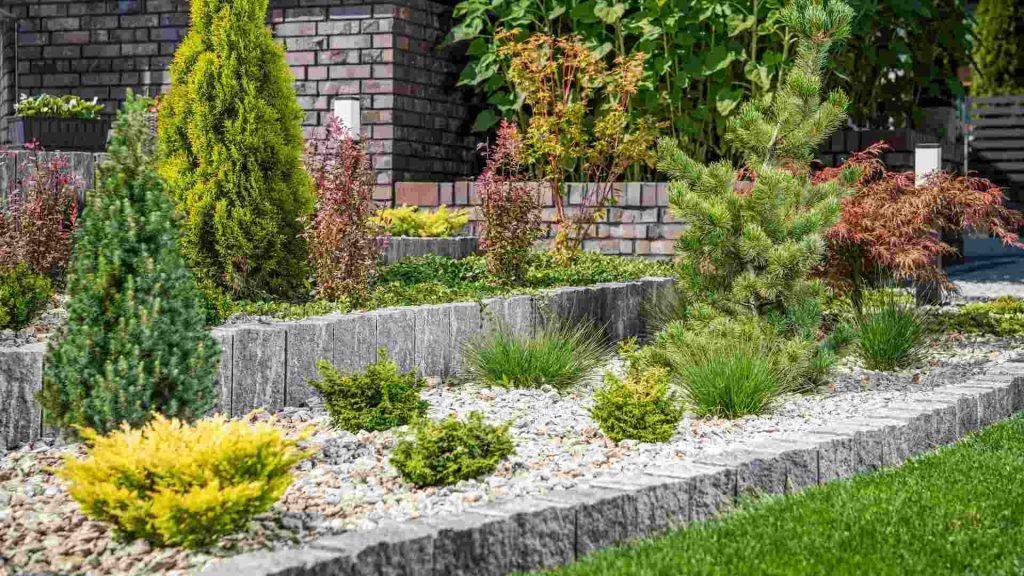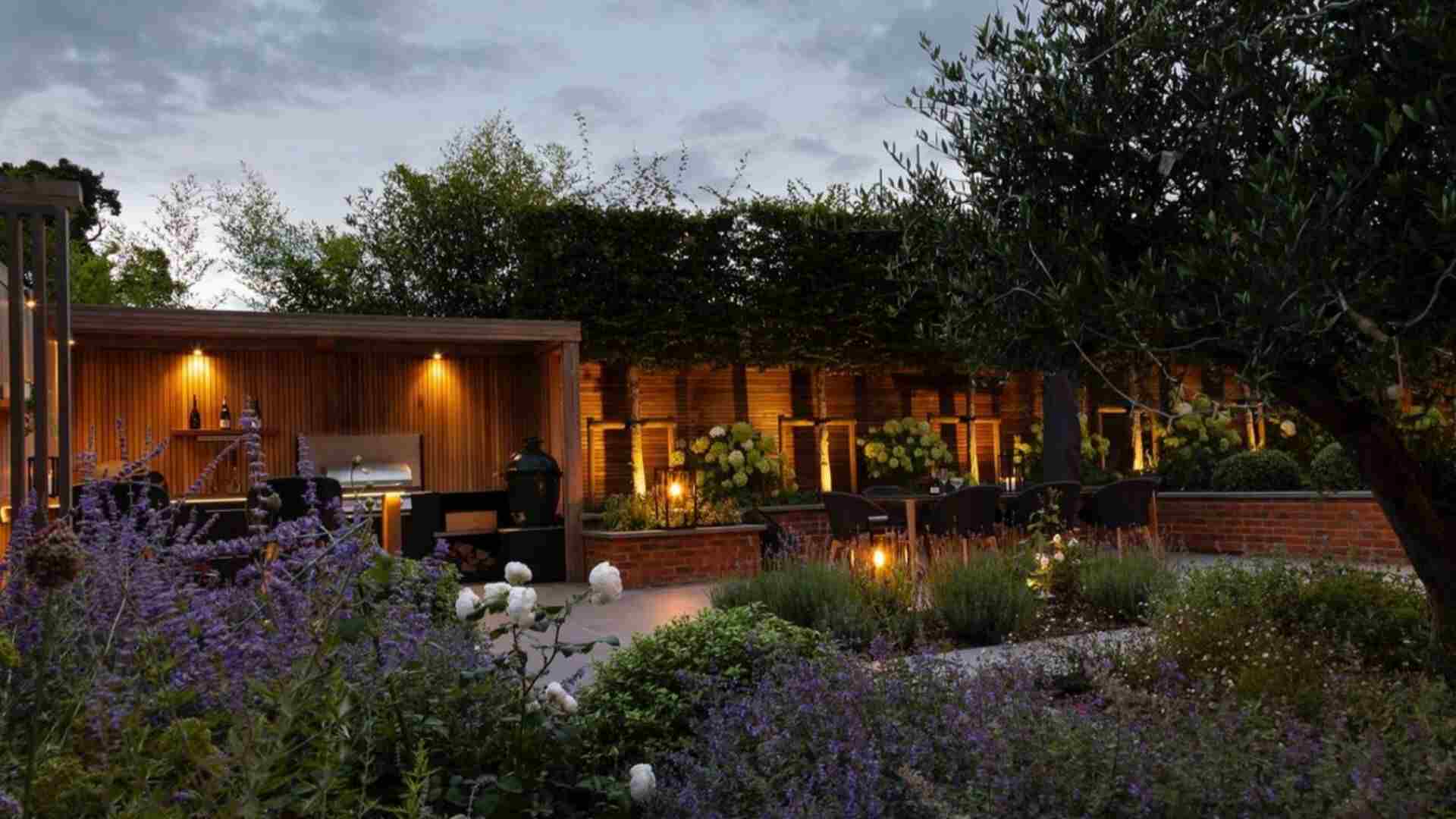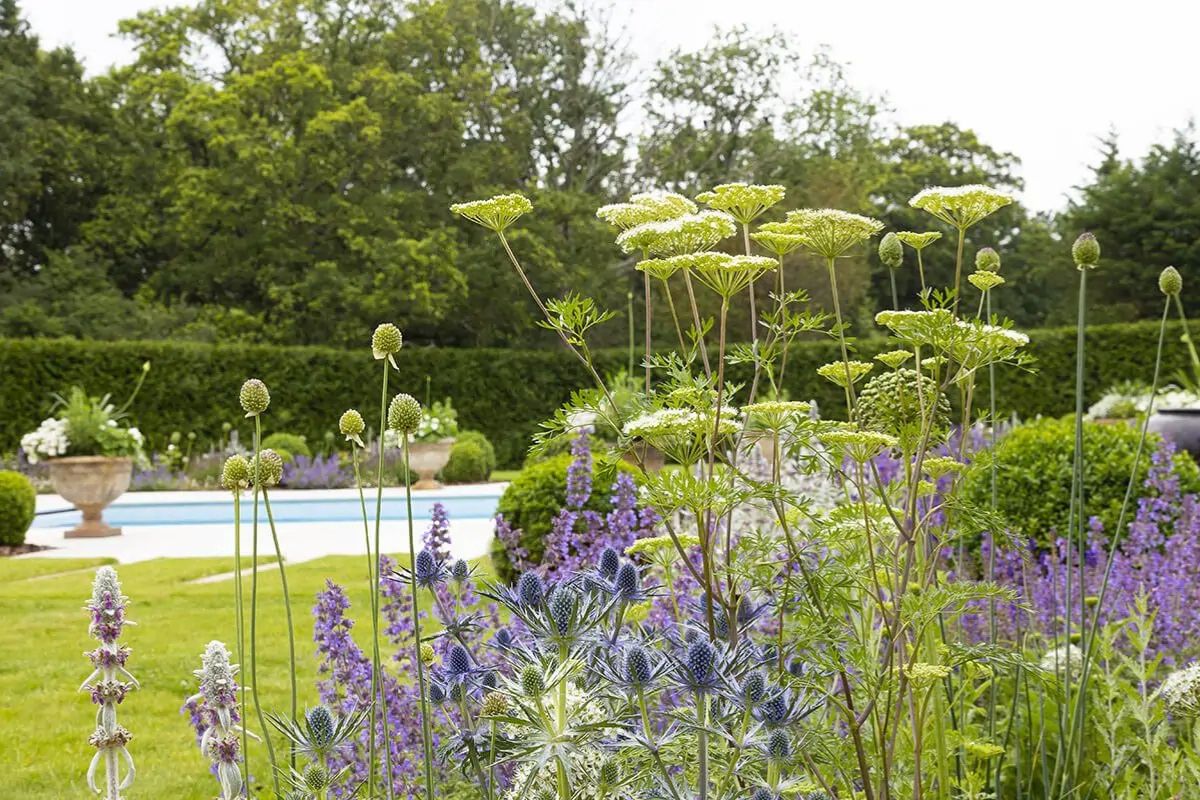If you’ve ever found yourself standing in the middle of a vast, sprawling garden, feeling a little overwhelmed by all the space, you’re not alone. Whether it’s your personal or corporate space, a large garden can feel like a blank canvas, and figuring out how to break it into manageable, functional areas can be tricky.
But with a few clever ideas and a bit of planning, you can turn your garden into an inviting, organised space that’s not only beautiful but practical too.
1. Define The Purpose of Different Zones
Before you start picking out plants or laying down paths, take a step back and think about what you actually want from your garden.
Think of your large garden like a blank slate. It’s up to you to decide how each area will function. Do you want a quiet corner for reading and relaxing? A sunny spot for perhaps growing some vegetables? Maybe a space for entertaining friends or a play area for the kids?
A “chill zone” could look like a cozy little nook with a comfortable bench or hammock, surrounded by plants that offer some privacy. If you love entertaining, you could create a dedicated dining area with a patio or outdoor kitchen, perfect for hosting family BBQs.

2. Use Pathways and Edging Materials to Divide the Space
Another thing you’re going to want to consider is pathways. Adding paths and edging throughout a big space is without a doubt the easiest and most effective way to break up a garden.
Not only do they help create structure, but they also guide the eye and create a sense of movement through the space.
What is the Best Material for Garden Pathways?
Pathways can be made from a variety of materials like gravel, stone, brick, or even timber. A curved path, for instance, can introduce a more organic feel to your garden, leading you through different “rooms” in a gentle, flowing way. A straight path, on the other hand, can provide a more formal, geometric look, perfect for dividing your space into clearly defined sections.
When it comes to edging, you can use different materials to border your garden beds or separate zones to add definition and keep everything neat and tidy.
At Raine Garden Design, we love using pathways and edging to create flow in a garden, making it feel more connected and intentional. Whether you’re designing a small, intimate space or a sprawling garden, the right combination of pathways and borders can transform the entire look and feel of your outdoor area.
Give us a call on +44 (0)7702 042559 for a friendly chat about how we can help you bring your garden vision to life.
3. Incorporate Lots of Plants
Plants are truly one of your best allies when breaking up a large garden. Not only do they add color, texture, and life, but they can also help define and separate different areas of your garden in the most natural way possible.
By choosing a variety of plants that work together in terms of height, texture, and color, you can create a garden that feels lush, vibrant, and full of interest. For example, low-growing groundcovers like creeping thyme or lavender can act as natural borders, softly defining one area from another without feeling too harsh or artificial.

4. Think About Lighting
Lighting is often the unsung hero of garden design, but it can completely transform your space, especially when you’re working with a large garden.
Your garden isn’t just your daytime space, oh no. With the right lighting, you can make it just as inviting and beautiful at night.
Start by thinking about which areas you want to highlight. Maybe there’s a beautiful tree you want to spotlight, or a cozy seating area that could look magical with a few well-placed lights. Spotlights or uplights are perfect for emphasizing focal points like sculptures, water features, or specimen plants.
Discover the 6 best garden lighting ideas for 2025, here.
5. Use Outdoor Furniture
When you think about breaking up a large garden, outdoor furniture is a fantastic way to define spaces, create function, and add comfort.
For example, a freestanding outdoor sofa can separate a lounging area from a nearby garden or lawn, while a small bistro table with chairs can create a café-like corner. Garden swings, outdoor ottomans, or even stylish garden sculptures can also serve as focal points that add to the overall design while subtly sectioning off different parts of your garden.

6. Add Different Levels
Last but certainly not least, one of the most exciting ways to break up a large garden and add visual interest is by incorporating different levels or elevation changes.
By playing with height, you can highlight certain areas, and add texture and depth to your outdoor design.
How to Add Levels to a Garden
There are a number of ways you can add levels to a garden. Think about adding raised beds, which not only offer a practical solution for growing plants but also create physical levels that can help delineate different sections of the garden.
Raised vegetable gardens, for example, can sit on a slightly elevated platform, separating them from the rest of the space while making it easier to tend to your crops.
Another effective way to add different levels is by incorporating steps, platforms, or small terraces. If you have a sloping garden, you can embrace the natural grade by creating a series of terraces, each with its own theme or purpose.
We hope this article has given you some fresh ideas and inspiration for breaking up your large garden into beautiful, functional zones that truly reflect your lifestyle.
At Raine Garden Design, we’re always here to help bring your vision to life, so if you’re ready to transform your garden but not sure where to start, just give us a call or email on +44 (0)7702 042559 / studio@rainegardendesign.co.uk. We’d love to chat!
And for more expert tips and insights, check out our regularly updated garden design blog.

